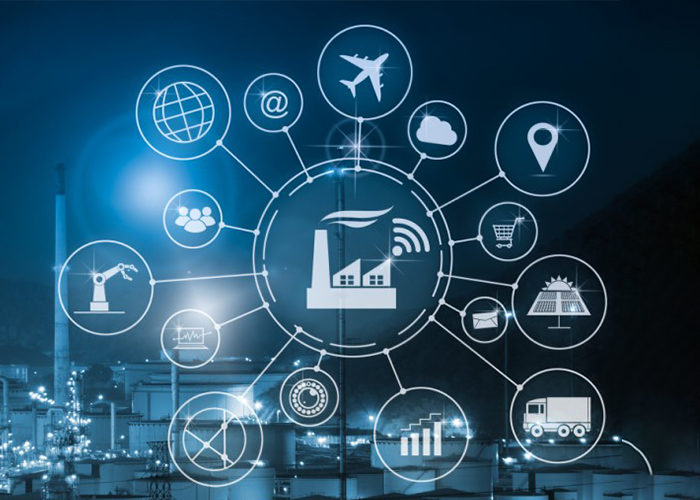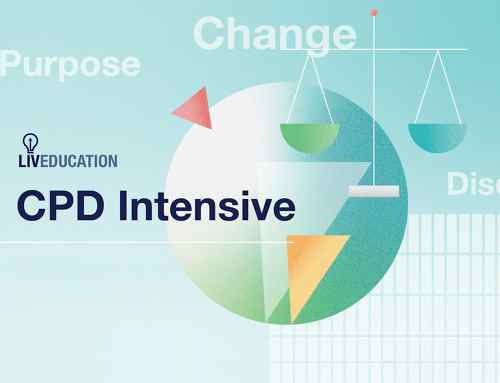
Over the past 5 years, more and more organisations have been moving to the cloud, automating manual processes and adopting artificial intelligence (AI) technology. While it’s impossible to predict when certain technologies will see mass adoption, 2023 might finally be the tipping point for cloud, automation and AI technology.
1. The Cloud
Migration to the cloud accelerated in 2020 and hasn’t stopped since. Forecasts from 2022 expect spending on cloud services to reach record levels this year. Research and advisory firm Gartner expected global end-users to spend nearly $592 billion on public cloud services in 2023, up by 20.7% from the $490.3 billion spent on cloud services last year.
Migrating to the cloud enables organisations to optimise resource, maintenance and real estate costs, improve business continuity through backup and recovery capabilities and simplify the management and monitoring of data center and cloud resources, strengthening their resilience in the face of challenging economic conditions.
The advisory firm made this forecast despite a challenging economic environment, a point highlighted by Gartner Vice President and Analyst Sid Nag, who noted, ‘Cloud computing will continue to be a bastion of safety and innovation, supporting growth during uncertain times due to its agile, elastic and scalable nature.’ And as data consumption grows, so will demand for cloud services.

2. Automation
.

3. Artificial Intelligence
The release of AI software chatGPT, which is capable of answering questions conversationally, generated headlines about AI technology at the tipping point for mass adoption. Surveys from last year would seem to suggest the technology is moving in this direction.
The same 2022 survey by Gartner reported that a third of the organisations surveyed are already applying AI across several business units. A separate report by global management consulting firm McKinsey found that the global AI adoption rate in 2022 was more than double the adoption rate in 2017.
In a sign of AI’s enormous potential, what AI capabilities are currently available are just the tip of the iceberg. More advanced AI capabilities are expected to come from tech giants, such as Microsoft, who have invested billions in AI research for several years.
However, there remain multiple unknowns, such as cost, infrastructure and users’ trust in the technology, that can affect the rate of technology adoption. But one thing is certain: amidst rapid change, companies and organisations need to be more agile and resilient. And the key to doing that is embracing promising new technologies.

Microsoft, through its extensive network of global partners that includes Barhead Solutions, has been helping organisations around the world embark on their digital transformation journeys. If you want to learn more about how Barhead can help your organisation, visit our website here.
About the Author: Miguel Agarao
Miguel is a Marketing Communications Specialist at Barhead Solutions. He has more than four years of experience in content writing and distilling technical information into easily accessible content.





